Lake Constance, known as the “Swabian Sea,” quickly became one of my favorite escapes in central Europe. Nestled between Germany, Switzerland, and Austria, this sparkling lake blends vibrant island blooms, charming lakeside towns, and sweeping Alpine views. It’s perfect for a sunny getaway.
On my recent trip, I wandered lush gardens, strolled through historic streets, and gazed at distant mountains. It felt both relaxing and inspiring.
Whether I explored hidden corners in Germany or hopped on a quick ferry to Switzerland or Austria, every stop surprised me with something new and beautiful.
Let me show you what makes Lake Constance special—from peaceful nature spots and lively markets to easy cross-border day trips. If you want a destination that mixes natural beauty with rich culture, keep reading for my favorite discoveries and some practical tips.

Why Lake Constance is Called the ‘Swabian Sea’
Lake Constance sits right where Germany, Switzerland, and Austria meet. Its sparkling blue water and ties to the old region of Swabia give it the nickname “Swabian Sea.” Honestly, it feels both poetic and rooted in fascinating history.
A Unique International Setting
When I arrived at Lake Constance—locals call it the Bodensee—I immediately noticed how borderless it seemed. Three countries share the lake: Germany to the north, Switzerland to the south, and Austria at the eastern tip.
The borders sometimes blur, adding a sense of openness and cross-cultural charm.
I walked along the German shores in Bavaria, stopped for pastries in Swiss villages, and gazed at the Alps from Austria—all in a single day.
This international vibe really sets Lake Constance apart from other European lakes.
The “Swabian Sea” nickname comes from Swabia, the old German region that stretches along the lake’s northern shore. The lake isn’t a real sea, but its wide surface and rolling swells inspired the comparison, especially among earlier German travelers.
Standing in Friedrichshafen, the horizon just seems endless.
| Country | Major Lakeside Towns | Notable Feature |
|---|---|---|
| Germany (Bavaria & Baden-Württemberg) | Konstanz, Lindau, Friedrichshafen | Historic towns, open borders |
| Switzerland | Romanshorn, Kreuzlingen | Swiss mountain views, quiet villages |
| Austria | Bregenz | Alpine backdrop, Bregenz Festival |
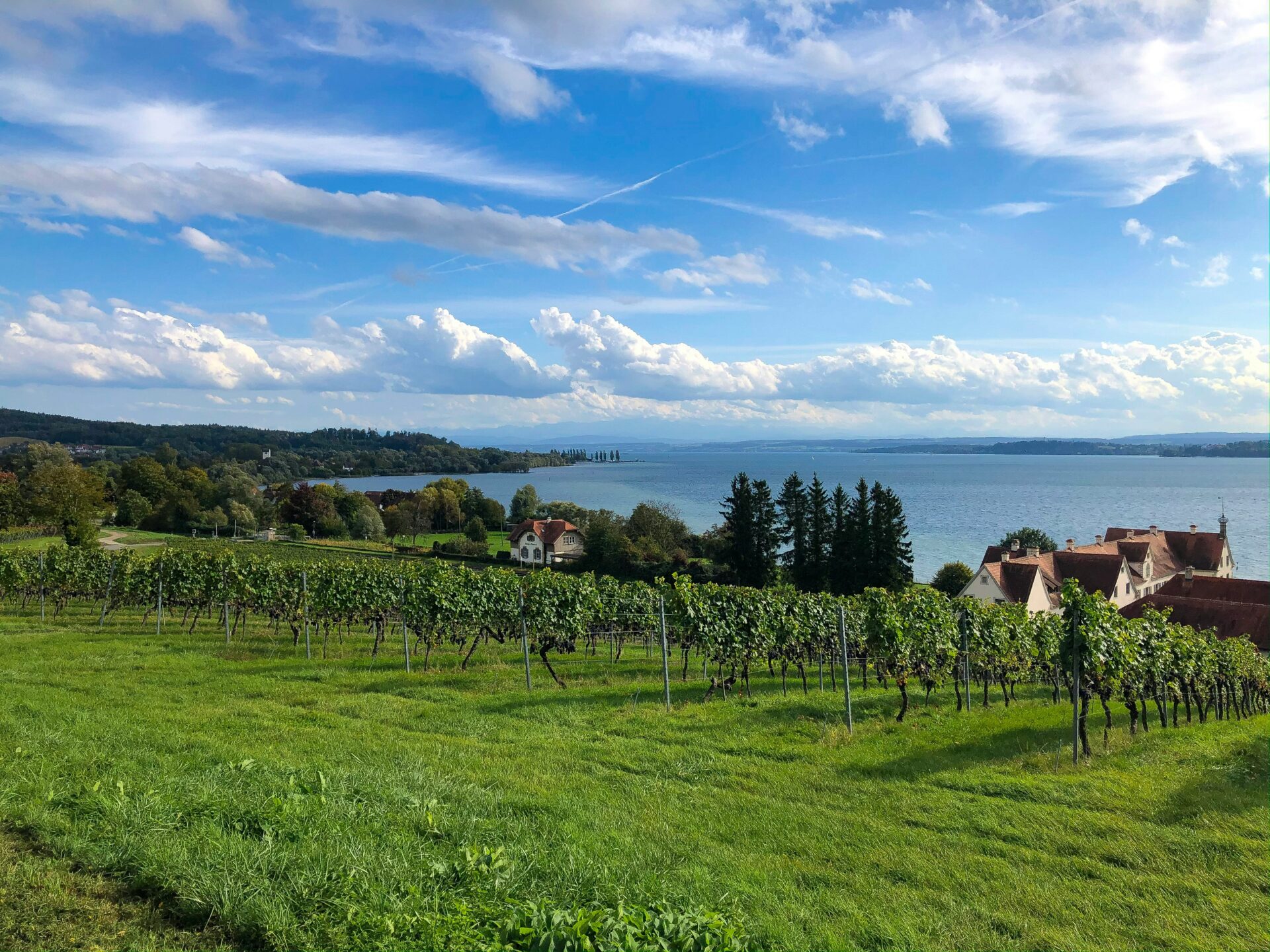
History and Cultural Significance
The “Swabian Sea” nickname means more than just a local inside joke. Back in the Middle Ages, Swabia was a powerful German region along the northern shore.
Bodensee became a central spot for trade, travel, and royal politics.
When I read about medieval traders crossing the water, it made sense why people started calling it a “sea.” The lake felt vast enough to act as both a barrier and a gateway.
Swabians on the north shore took pride in the lake and made it part of their identity.
After the Council of Constance in the 1400s, the area’s fame spread across Central Europe. The Latin “Lacus Constantiensis” came from the city of Konstanz, named after a Roman emperor.
Swabian culture stayed strong along the German side.
Today, music festivals, local stories, and even cakes and wine keep Swabian traditions alive. People call it the “Swabian Sea” to celebrate this unique past while soaking in views that cross Germany, Switzerland, and Austria.
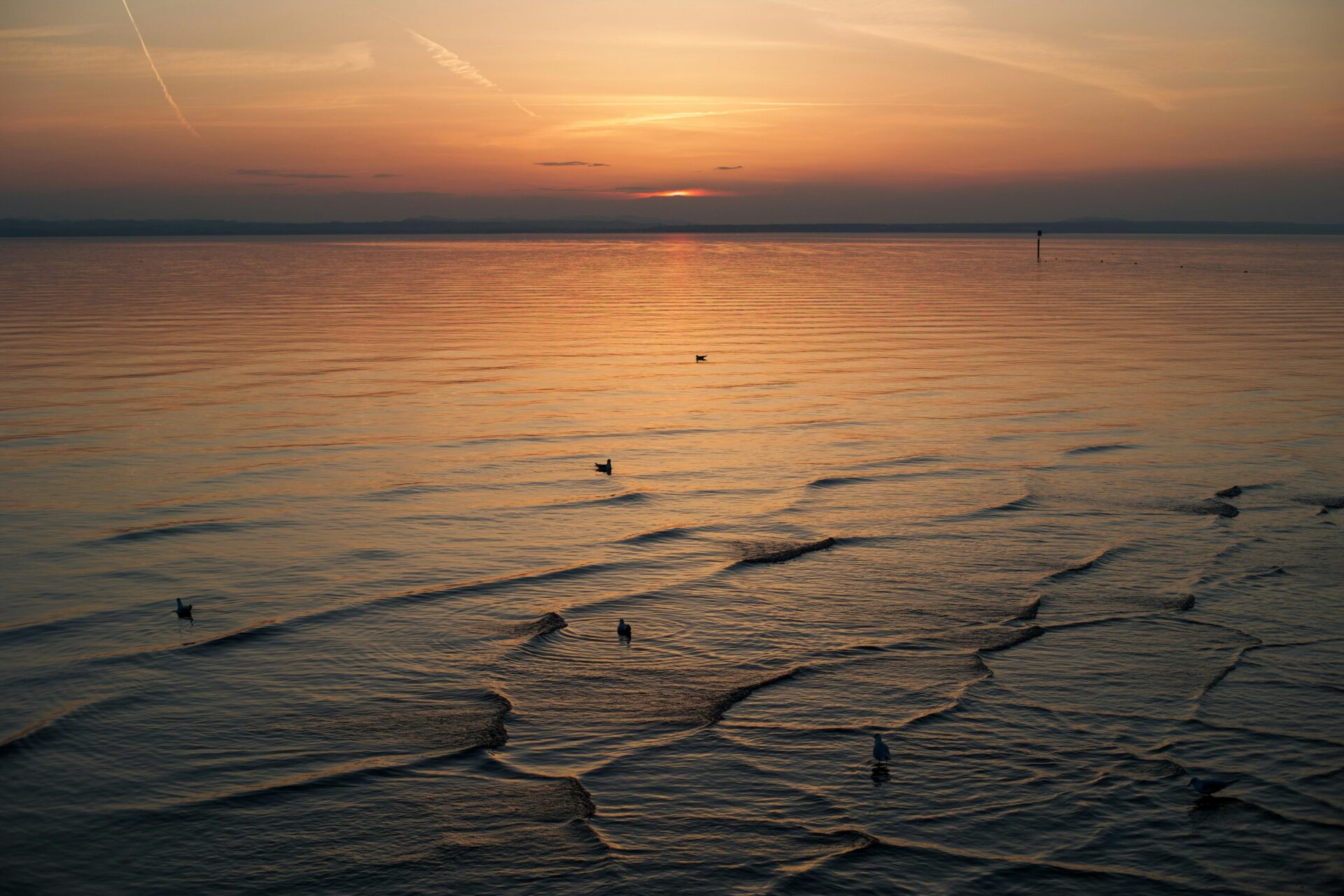
Island Escapes: Mainau & Reichenau
Lake Constance has two stunning islands, each with its own magic. Mainau bursts with blooms, while Reichenau draws visitors with history, gardens, and UNESCO World Heritage status.
Blooming Gardens and Mainau Island Wonders
Mainau Island, the “Flower Island,” wowed me the moment I stepped off the ferry. Everywhere I looked, thousands of flowers—roses, dahlias, tulips—painted the landscape.
The gardens here are famous across Europe, especially in spring and summer.
I wandered through the Butterfly House, where tropical butterflies fluttered all around. Sometimes they even landed on visitors.
Mainau’s baroque palace adds a historical touch. The old trees in the arboretum give shade and make a walk along the lakeshore feel peaceful.
Practical tips:
- Mainau stays open year-round, but peak bloom is April to October.
- Arrive early to beat the crowds.
- Ferries run regularly from Konstanz and other lakeside towns.
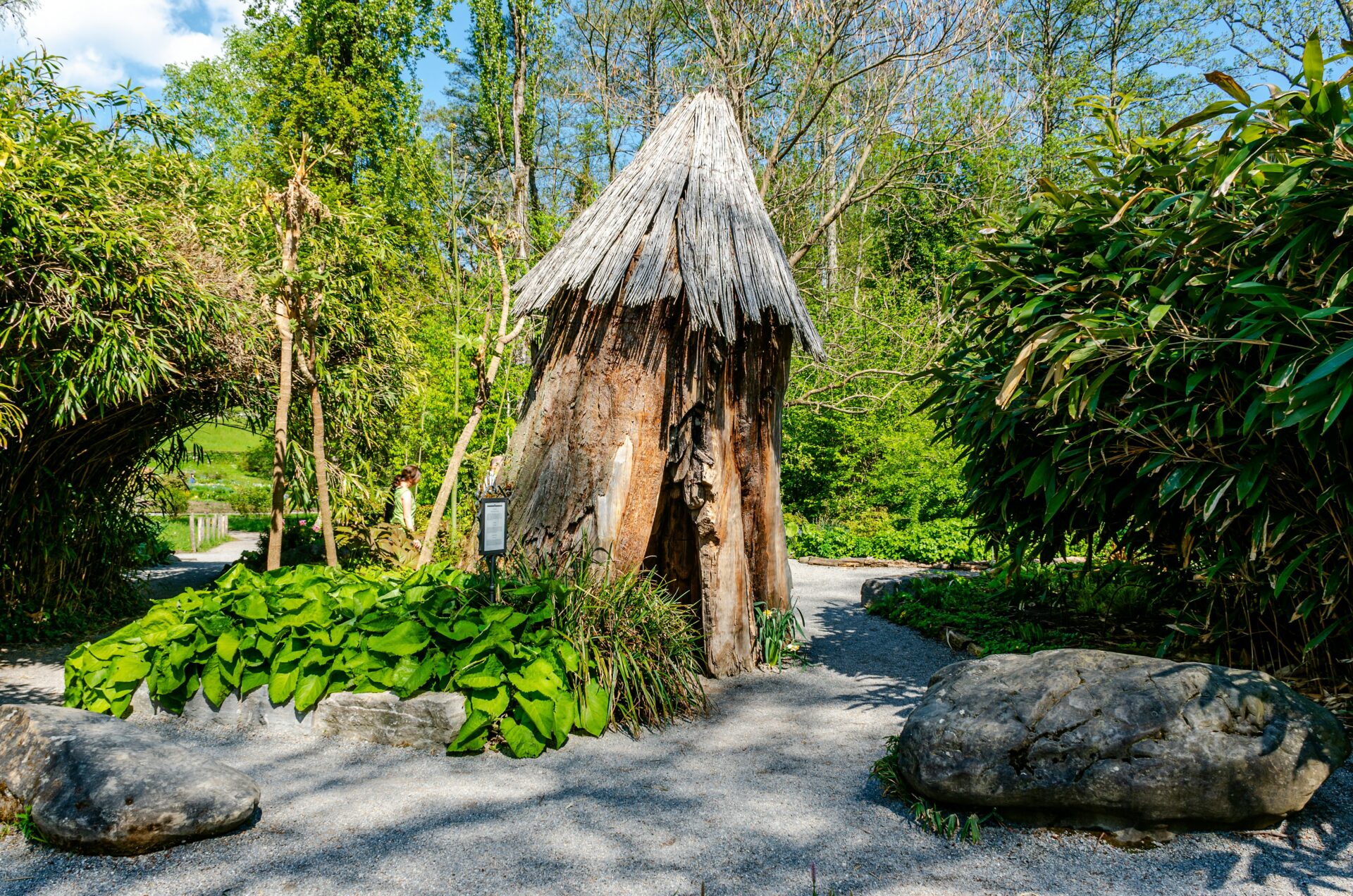
Reichenau Island: UNESCO Heritage Magic
Reichenau Island surprised me with its peaceful vibe and deep sense of history. The three medieval churches—St. George, St. Mary and Marcus, and St. Peter and Paul—form the heart of the UNESCO World Heritage listing.
I could really feel centuries-old traditions still alive in daily life.
Reichenau is famous for its market gardens, which grow vegetables and herbs for local dishes. Cycling is popular here; the island is mostly flat and easy to explore by bike or on foot.
I found the walk along the lakeshore especially relaxing, with views stretching out across Lake Constance toward the Alps.
Quick facts:
- Entry to most churches is free, but check opening hours.
- Quaint cafes serve fresh produce from island gardens.
- Buses and footpaths connect Reichenau with the mainland easily.

Lakeside Towns and Cultural Treasures
Bustling waterfronts, colorful old towns, and unique museums line Lake Constance’s shores. At every stop, I found a new blend of history, culture, and scenic beauty.
Meersburg’s Medieval Charm
Meersburg took me straight into the heart of medieval Germany. Its old town has steep lanes, half-timbered houses, and flowering vines.
The Meersburg Castle, said to be the oldest inhabited castle in Germany, dominates the skyline.
Walking its ramparts gave me sweeping views of Lake Constance and the Swiss Alps.
Down in the lower town, I found outdoor cafés by the harbor and little wine taverns serving local Müller-Thurgau. Cobbled market squares buzz with life, especially on sunny afternoons.
Locals were friendly and eager to share stories about their town’s past.
Highlights of Meersburg:
| Attraction | Description |
|---|---|
| Meersburg Castle | Historic fortress with guided tours |
| Wine Museum | Insights into local winemaking |
| Lakeside Promenade | Cafés, ice cream, and beautiful views |

Exploring the Historic Town of Lindau
Lindau sits on an island right on the border with Bavaria. It feels like stepping into a fairy tale port.
The first thing that struck me was the harbor—guarded by a majestic lion statue and a tall lighthouse, both looking right out across Lake Constance.
I wandered narrow streets lined with pastel-colored buildings and strolled under arcades filled with boutiques.
St. Stephan’s Church and the Old Town Hall are must-sees, showing off centuries-old frescoes and architecture.
Everything is within walking distance, so exploring at a relaxed pace felt easy.
The food scene offers a mix of Bavarian and Swabian flavors. I grabbed a seat at a lakefront restaurant to try fresh fish, watching sailboats drift by as dusk painted the sky.

The Zeppelin Museum Experience
In Friedrichshafen, the Zeppelin Museum immediately caught my attention. The museum tells the story of the famous zeppelins that once floated above Lake Constance.
I walked through a life-size section of the Hindenburg and saw historic photos, uniforms, and models.
Interactive exhibits made it extra special. I tried out old controls and listened to passenger stories.
The museum also shows how zeppelins connected people across Europe before airplanes took over. It made history feel real and close.
Visiting the Zeppelin Museum gave me a new respect for the region’s inventive spirit and connected me more deeply to the modern history of Lake Constance.
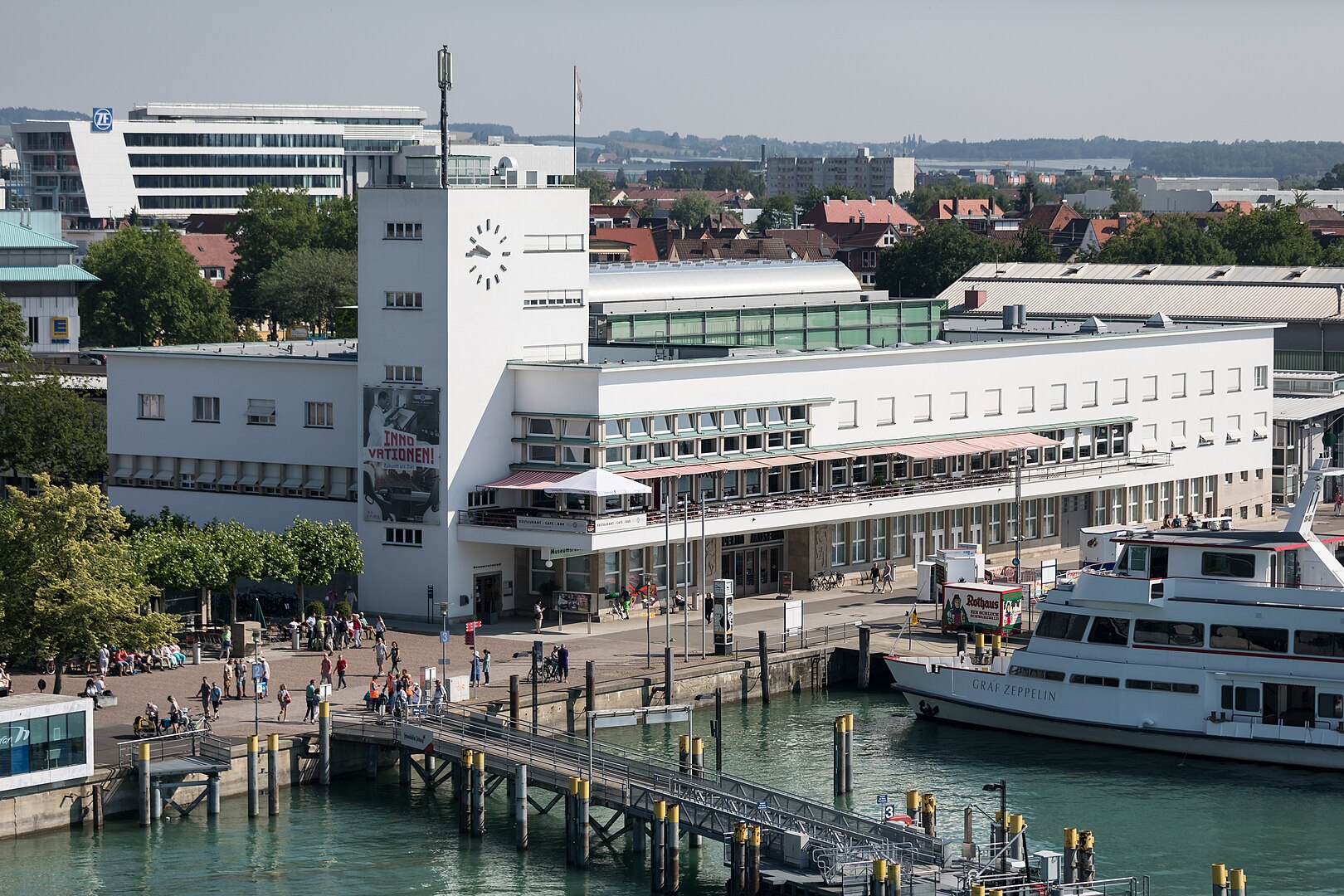
Scenic Adventures and Alpine Views
Lake Constance delivers postcard-worthy scenery at every turn. I found both awe-inspiring natural history and so many ways to get outdoors.
From hiking in the foothills to watching sailboats glide by with snow-capped Alps as a backdrop, there’s always something to do.
Rhine Glacier and Lake Origins
Long before Germany, Austria, and Switzerland drew their borders, the Rhine Glacier carved a dramatic swath through this region. Thousands of years ago, the glacier’s meltwater filled a wide valley and formed Lake Constance.
Standing by the lakeshore, I felt humbled knowing that the shimmering water before me started with ancient ice.
Today, the Rhine River still feeds the lake at its southeastern end. Towns like Bregenz in Austria and Konstanz in Germany have grown around these waters.
Local museums often display fascinating fossils and glacier maps. If you’re into geology, you’ll spot signboards along walking paths that trace the glacier’s journey and explain how the land formed.

Stunning Alpine Panoramas
One of my favorite moments at Lake Constance happened early in the morning. The air was clear, and across the still water, I could see the Alps lighting up as the sun rose over Austria and Switzerland.
The lake acts like a mirror, doubling the beauty of the snowy peaks and green slopes.
It’s easy to find spots with terrific views. The Pfänder Mountain near Bregenz is popular—I rode a cable car up and looked out at three countries from one viewpoint.
Here’s a quick table of popular vantage points:
| Location | Best Time to Visit | View Highlights |
|---|---|---|
| Pfänder (Austria) | Morning/Early Day | Alps, Lake, Bregenz town |
| Meersburg (Germany) | Late Afternoon | Medieval old town, distant Alps |
| Kreuzlingen (Switzerland) | Sunrise | Panoramic lakeshore, mountain vista |
Don’t forget your camera. Early summer brings an extra treat—blooming meadows leading down to the lake.
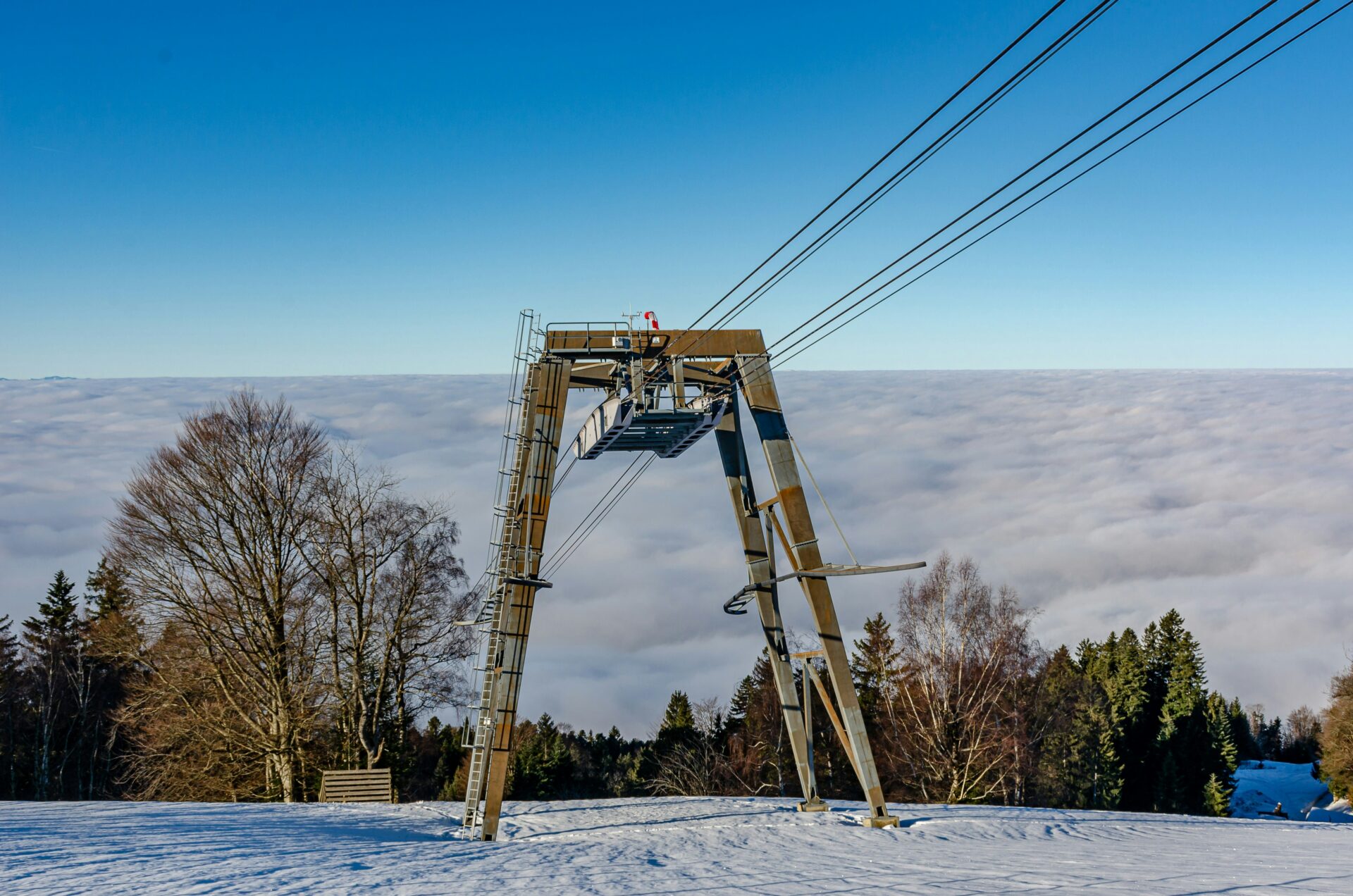
Outdoor Activities on the Water and Trails
Adventure found me on both land and water here. I rented a bike in Friedrichshafen and joined the Bodensee-Radweg, a famous cycling path that circles the lake for 260 kilometers.
The route passes villages, vineyards, and sunflower fields. Even short stretches—an hour or two—are easy for any fitness level.
Sailing and swimming become popular once the weather warms up. I tried stand-up paddleboarding for the first time near Lindau, which offered a great way to take in the scenery at a slower pace.
Ferries and small boats connect towns, so you can mix trails and water travel in one day.
Many locals fish or just relax on the public beaches with views of the distant Alps.
The lake’s footpaths, like those around Mainau, are ideal for peaceful walks. In the evening, lakeside promenades fill with families and couples, everyone soaking in the soft glow of sunset reflected off the water.
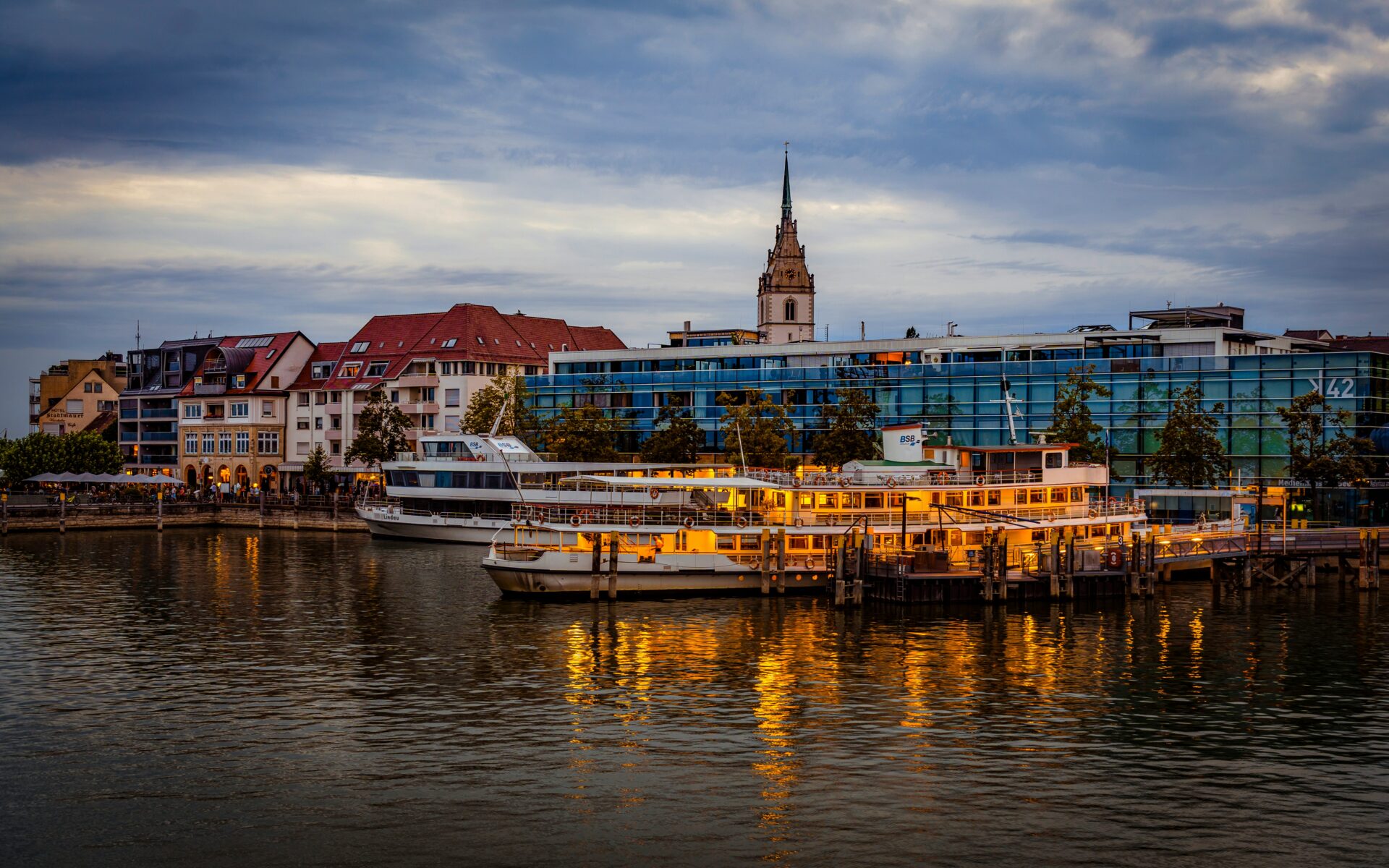
Travel Tips and Seasonal Highlights
Lake Constance sits where Germany, Switzerland, and Austria meet, so each side brings its own charm. With changing weather and lively festivals, timing your visit really shapes the experience.
Climate and the Best Times to Visit
I’ve found that Lake Constance has a mostly mild climate, thanks to its size and Alpine location. Spring brings apple and cherry blossoms, filling the air with a fresh, sweet scent.
From April to June, temperatures stay comfortable, often between 15°C and 22°C (59°F–72°F).
Summer is popular for swimming and boating. July and August reach up to 28°C (82°F), and the water warms enough for a relaxing dip.
I always need sunscreen and a hat during these peak months.
Autumn is quieter but stunning. The vineyards in Germany and Switzerland glow golden and red, making September and October perfect for hiking or cycling.
Winters can be chilly, hovering around freezing, but the lakeside towns take on a cozy feel, especially during Christmas markets.
Packing Tip: I always bring a light rain jacket, sturdy walking shoes, and layers for cooler evenings, no matter the season.
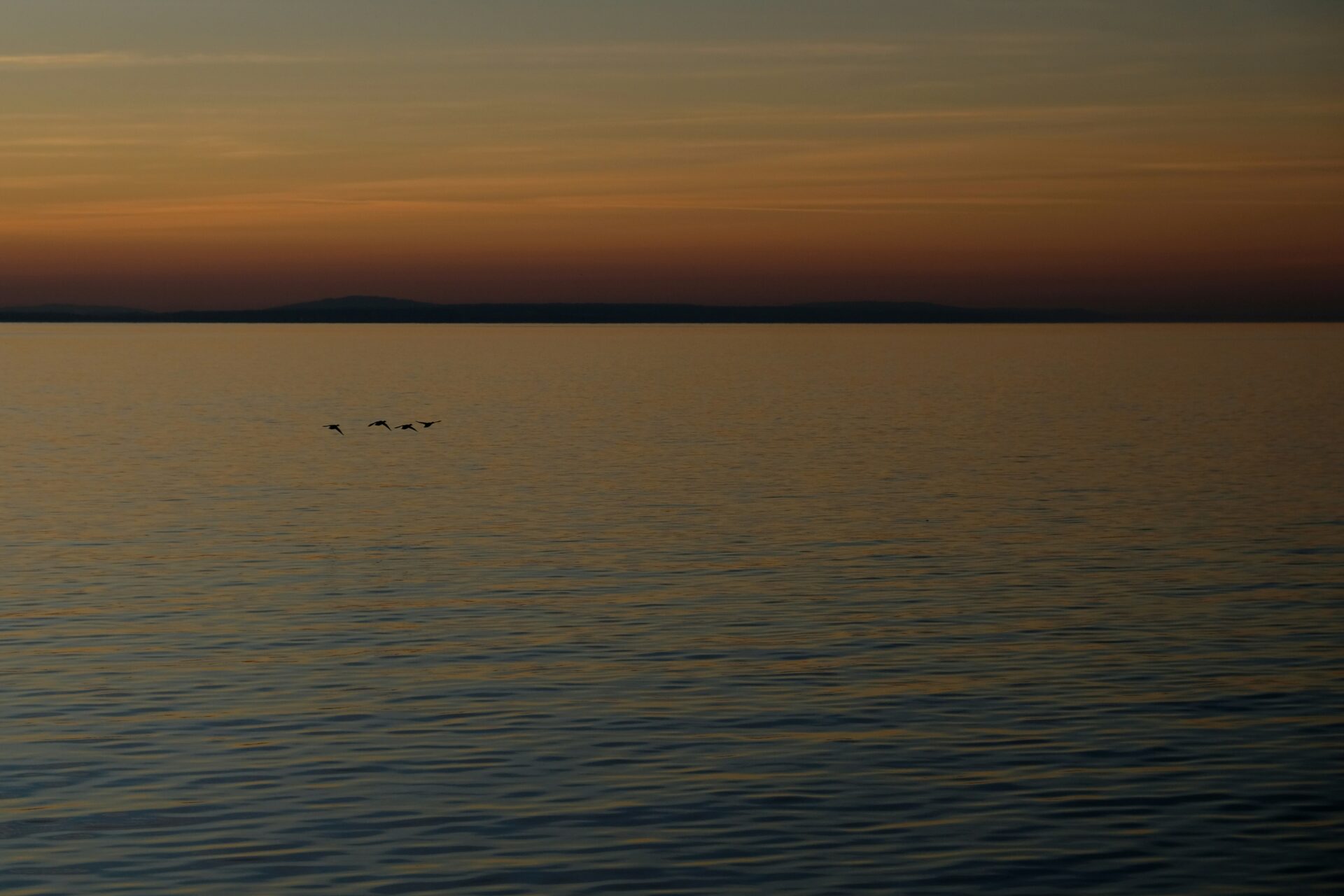
Festivals and Local Experiences
Lake Constance bursts with local color, especially when festival season rolls around. In summer, I found the Bregenzer Festspiele in Austria to be a real highlight—opera performances play out on a stage that actually floats on the lake.
Every spring, Germany’s Lindau Island throws a lively Garden Festival. Flower displays light up the waterfront, and I wandered past colorful flower carpets and market stalls selling local crafts.
When autumn hits, wine harvest celebrations pop up along the Swiss and German shores. I joined a wine tasting tour in Meersburg and sipped Rieslings while soaking in the lake views.
Smaller towns throw their own food fairs, with Swiss and Austrian specialties—think local cheeses and pastries. I’m honestly still dreaming about some of those pastries.
I kept a calendar of these events to help me plan. Festivals get crowded fast, so I booked tickets and a place to stay early.
To really dive in, I tried local dishes and even joined a guided bike tour during one festival weekend. Why not, right?

